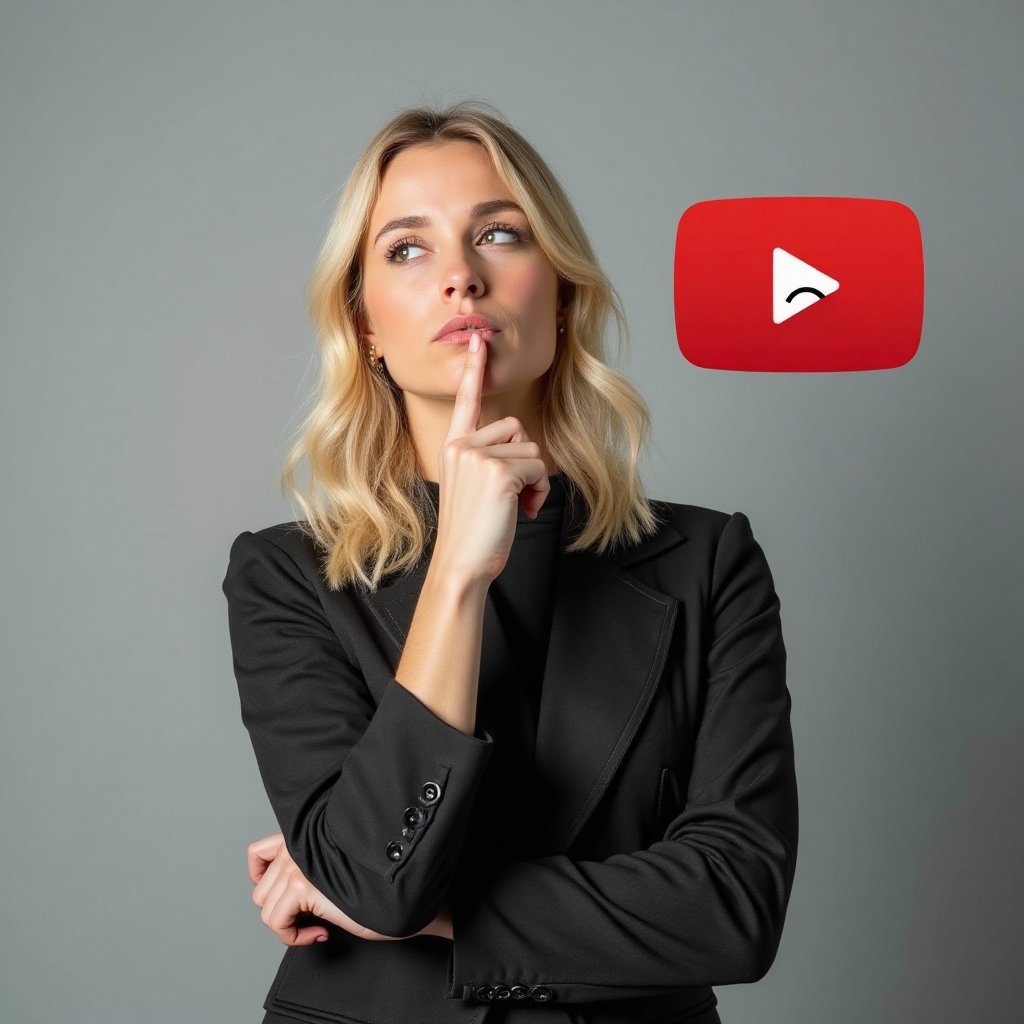If you're uploading videos to YouTube, it can be a fun and rewarding experience. You can make money, grow an audience, and even become an internet sensation. But let’s not sugarcoat it—YouTube is a minefield. One wrong move, and you could find yourself facing serious consequences like losing monetization, getting your channel deleted, or even compromising your safety. Today, we’re diving into the biggest mistakes YouTubers make and how to avoid them. This article is inspired by a video from the YouTube channel Belmont, but I’m going to add my own spin, insights, and a dash of humor to help you navigate the world of YouTube like a pro.
Never Uncheck "Notify Subscribers" (Unless You Have a Damn Good Reason)
Let’s start with a classic rookie mistake: unchecking the box that says "Notify Subscribers." Nine times out of ten, this is going to hurt you. Why? Because YouTube sends notifications to your subscribers when you upload new content, and those notifications are golden. They’re your ticket to instant views and engagement. Unless you’re uploading more than three times a day (which, let’s be honest, is overkill), leave that box checked. Belmont points out that YouTube limits subscribers to three notifications per channel per day, so if you’re spamming uploads, your audience won’t even see them. Even if someone has notifications enabled, they might not get alerted because the YouTube app itself needs to allow notifications. So, before you blame your subscribers for not watching, check your settings!
Profanity Is a No-Go (Unless You’re a Comedian)
Here’s a hot take: unless you’re a comedian or a rapper, heavy profanity is a terrible idea. Not only will your videos get limited ads or age-restricted, but YouTube’s AI also reads your video transcripts. If it detects too many f-bombs, your video won’t be promoted as widely as it could be. Belmont nails it when he says that YouTube’s algorithm is like a nosy neighbor—it knows everything you’re saying. So, if you’re just starting out, keep it clean. You can always curse in private like the rest of us.
Never Teach People How to Hack YouTube
This one’s a no-brainer, but you’d be surprised how many people try to game the system. Belmont warns against showing viewers how to bypass YouTube features. Hacking the algorithm might sound cool, but it’s a surefire way to get a community guideline strike. And remember, three strikes, and you’re out. YouTube might give you a warning first, but why tempt fate? Instead, focus on creating quality content that naturally attracts viewers.
Repurpose Your Content (But Do It Right)
If you’re not repurposing your videos into shorts or clips, you’re leaving millions of views on the table. But here’s the catch: most people don’t know which parts of their videos are worth clipping or how to edit them into vertical format. Enter NexusClips.com, a tool recommended by Belmont. This AI-powered tool analyzes your content and identifies the moments most likely to go viral. It even adds automatic subtitles, which is crucial because 70% of people watch shorts without sound. NexusClips isn’t just a one-time hack—it’s a game-changer for consistent content repurposing. Use Belmont’s exclusive discount code (Belmont) to get started.
Stop Over-Tagging Your Videos
Hashtags can be helpful, but too many can hurt you. YouTube has a name for this: overtagging. If your video has more than 60 hashtags, they’ll be ignored or marked as spam. At best, your video gets shadowbanned; at worst, you’ll get a strike. Belmont explains that hashtags have result pages, meaning if someone clicks on a hashtag, they’ll see other videos using the same tag. Normal tags don’t work this way, so choose wisely. Stick to relevant hashtags and avoid keyword stuffing like it’s 2005.
Don’t Mislead People with Your Thumbnails
Nothing screams desperation like adding a celebrity or another creator to your thumbnail when your video has nothing to do with them. Belmont calls this out as a bad strategy for gaining views. Unless your video is actually centered around that person, it’s not going to work. Instead, focus on creating thumbnails that are honest and eye-catching. Your audience will thank you.
Protect Your Safety
As a content creator, your safety should be a top priority. Belmont warns against using the same email in your YouTube channel description that’s connected to your account. If someone hacks it, they could trash your email or worse—access your channel. Instead, create a dedicated Gmail account for public use. Also, be careful about what apps and websites you connect to your YouTube account. Belmont recommends tools like VidIQ and NexusClips, but stay away from sketchy sites that could compromise your channel.
Quick Safety Checklist:
- Use a separate email for your YouTube channel description.
- Regularly check which apps have access to your Google account.
- Hide your address if you own a website.
Don’t Lie About Your Location or Tax Info
Here’s a pro tip: honesty is the best policy. Belmont explains that some creators outside the U.S. lie about their location to get higher CPMs (cost per thousand views). While this might boost your earnings initially, it’ll backfire when it’s time to collect payments. If your tax info doesn’t match your location, YouTube will withhold your money. So, when setting up your channel, tell the truth. It’s not worth the risk.
Avoid Spamming in the Comments
The comment section is a great place to grow your channel, but don’t overdo it. Belmont suggests limiting yourself to three comments and three subscribers per video. Copy-pasting the same comment repeatedly will make you look spammy. Instead, write thoughtful replies that show genuine engagement. Like the video, add it to a playlist, and play the part of a normal viewer. This will help you fly under YouTube’s radar.
Steal Like an Artist (But Be Smart About It)
Stealing content is a YouTube no-no, but let’s be real—inspiration comes from everywhere. Belmont emphasizes that copying successful videos can work… if you do it right. Don’t upload someone else’s video verbatim. Instead, recreate it with your own twist. The key is to let the original video’s life cycle play out before you put your spin on it. And don’t target one creator repeatedly—spread your “inspiration” across multiple channels. This approach works wonders, especially when you bring ideas from adjacent niches into your own.
Good Stealing vs. Bad Stealing:
- Good Stealing: Recreate a video with your own twist.
- Bad Stealing: Upload someone else’s video without changes.
- Pro Tip: Avoid targeting one creator repeatedly.
Final Thoughts
YouTube is a platform of endless possibilities, but it’s also full of pitfalls. From avoiding over-tagging to protecting your safety, Belmont’s insights are a treasure trove of wisdom for creators. But remember, the key to success on YouTube is authenticity. Stay true to yourself, be honest with your audience, and always prioritize quality over shortcuts.
Now, I want to hear from you. Have you made any of these mistakes? What’s your biggest challenge on YouTube? Let’s talk about it in the comments. And if you’re ready to take your channel to the next level, join the iNthacity community. Apply to become a permanent resident and citizen of the "Shining City on the Web". Like, share, and participate in the debate. Let’s grow together!
Wait! There's more...check out our gripping short story that continues the journey: The Chronos Shard
Disclaimer: This article may contain affiliate links. If you click on these links and make a purchase, we may receive a commission at no additional cost to you. Our recommendations and reviews are always independent and objective, aiming to provide you with the best information and resources.
Get Exclusive Stories, Photos, Art & Offers - Subscribe Today!


























Post Comment
You must be logged in to post a comment.